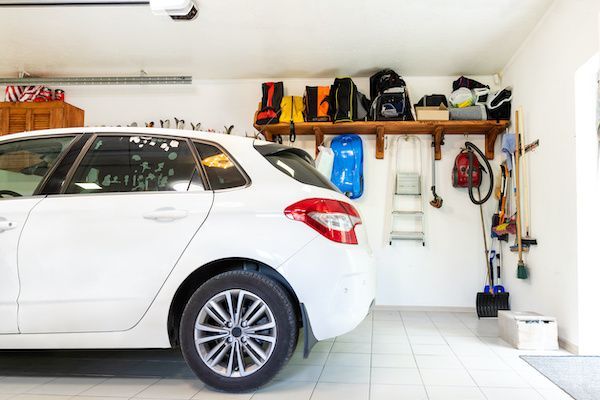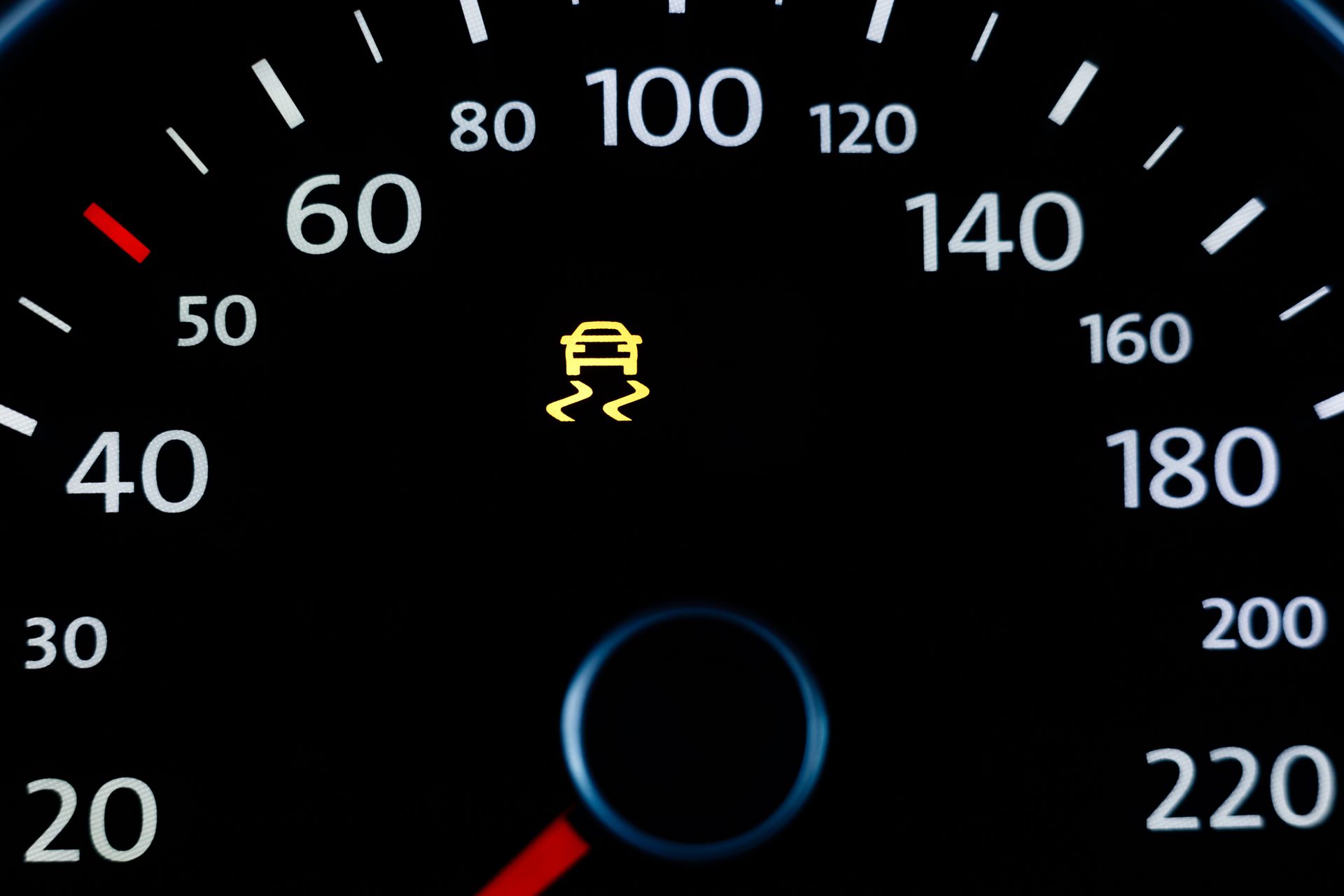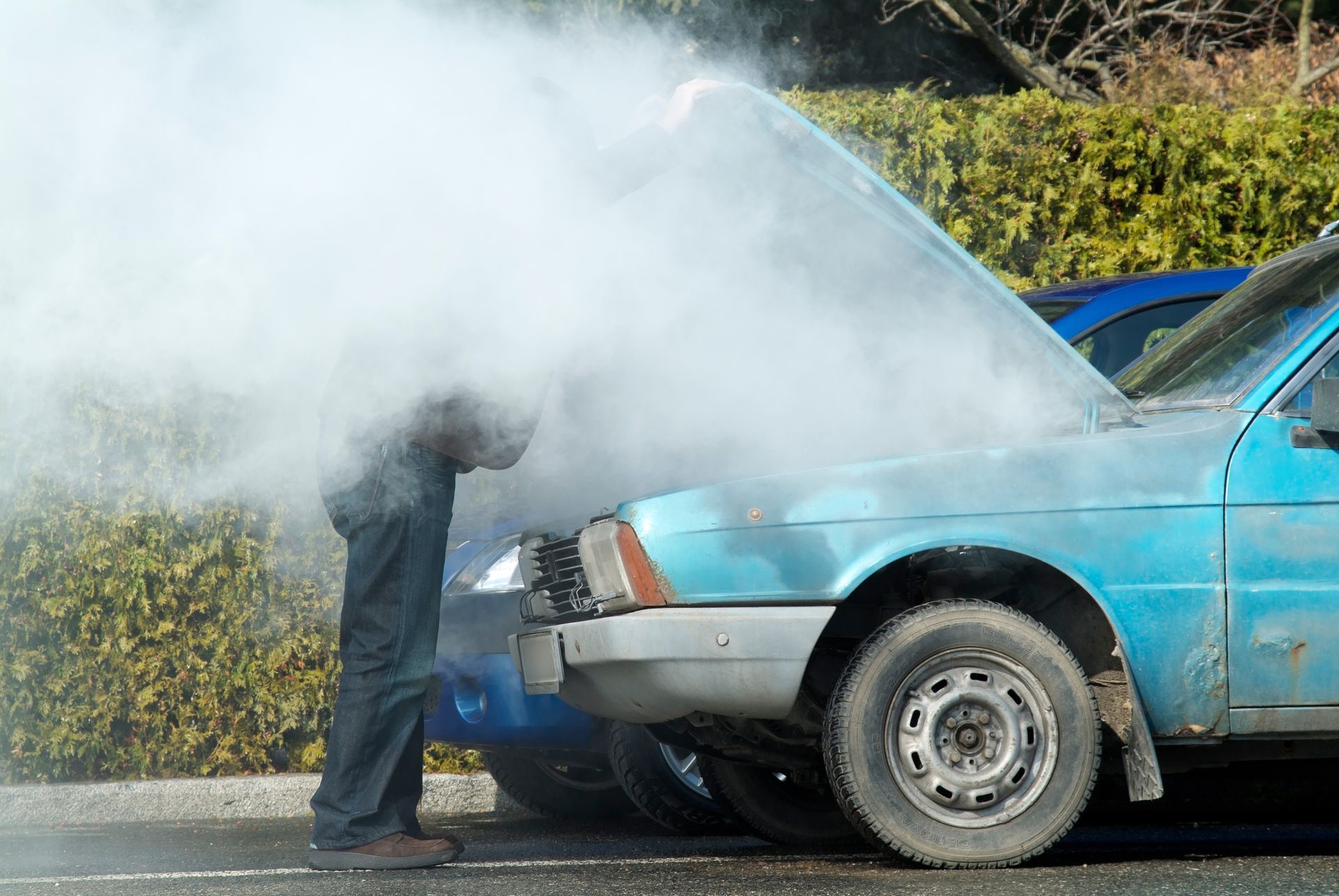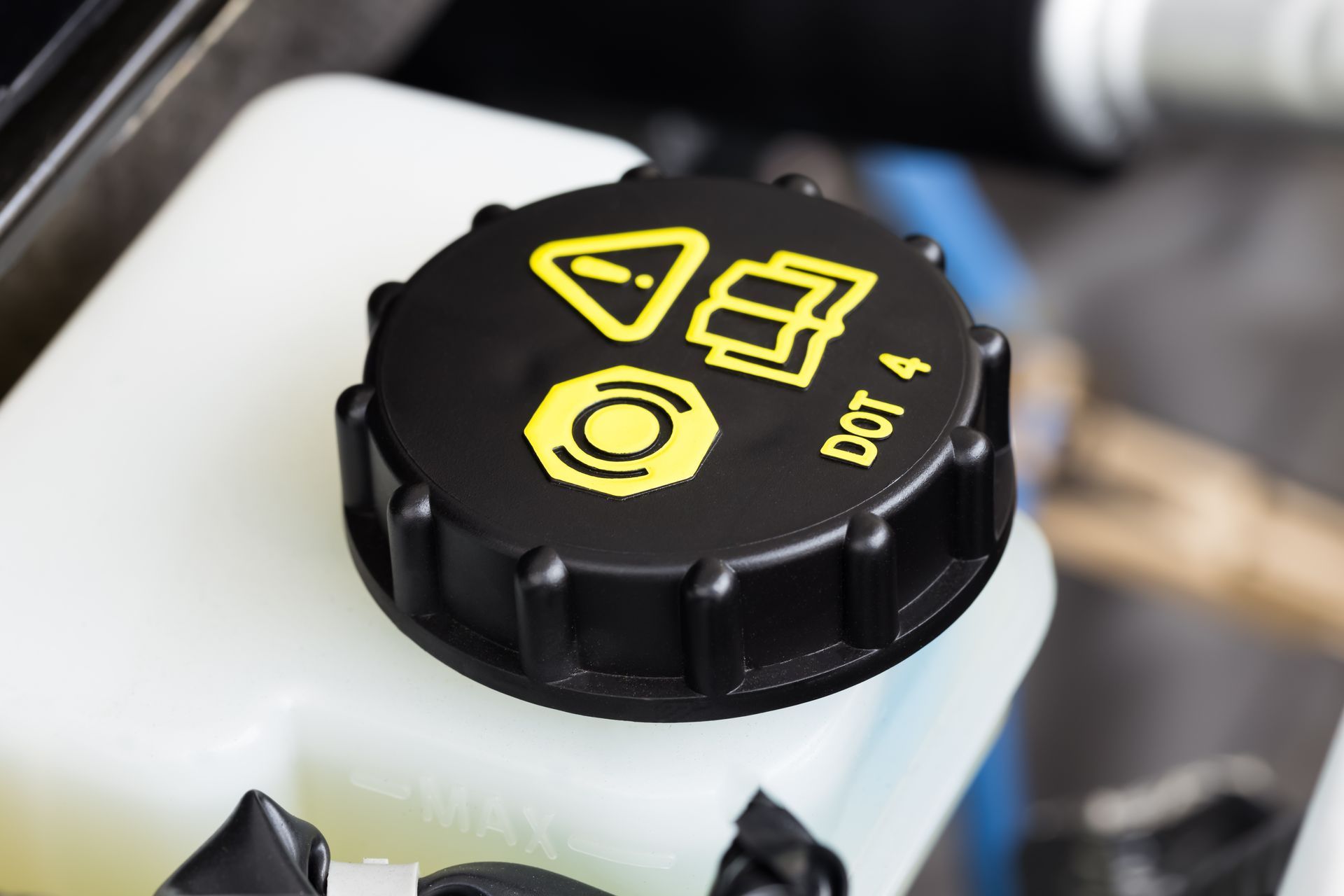
We understand that these unprecedented times may have many staying home and not using their vehicles as often. While some believe that not using your vehicle doesn't do it any harm, idle vehicles actually do require a certain amount of maintenance in order to protect their integrity.
The reason why idle vehicles still need to be maintained is that certain fluids and components benefit from being circulated and powered on. For instance, you can't skip an engine oil change just because you aren't driving your vehicle. Idle engine fluid can actually get dirty and contaminated with moisture, which can cause engine parts to corrode when you begin driving your vehicle again.
Here are some things to keep in mind when it comes to vehicle maintenance for idle cars:
- Make sure that you are starting up your vehicle at least once a week, and letting the engine run for a good 15-20 minutes.
- Get your oil changed on time.
- Always leave a full tank of gas in your idle car to prevent the build-up of moisture in the fuel tank.
- Make sure that your tires are filled to the correct air pressure to prevent tire damage.
- Inspect your fluids to be sure that they are not becoming dirty or sludgy.
- Check for pests such as rats or other critters that can make home within an idle vehicle. They will bring debris into your car and can chew important wires that can need repair.
The best thing you can do for an idle vehicle is to start it up and drive it around at least once a week for more than 20 minutes. This will ensure that fluids are being circulated and prevent the build-up of moisture which can cause damage to metal parts.
If you do find that your idle vehicle is due for maintenance, don't wait to get it done! Even idle vehicles need their maintenance completed. We invite you to BG Automotive today for service. Stop by our give us a call!










